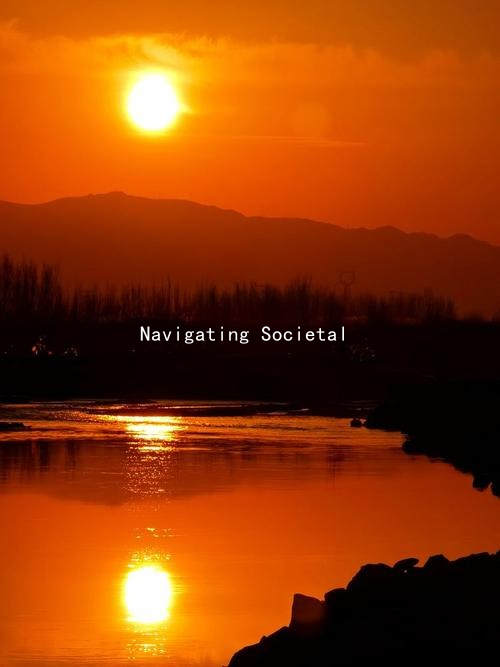Love Languages and Sexuality: How Social Factors Influence Your Romantic Life
Love Languages and Sexuality: How Social Factors Influence Your Romantic Life
In the realm of romantic relationships, understanding love languages and their relation to sexuality can significantly enhance the way partners connect and communicate. Coined by Dr. Gary Chapman, the concept of love languages encapsulates the various ways individuals express and receive love. Typically categorized into five main types—Words of Affirmation, Acts of Service, Receiving Gifts, Quality Time, and Physical Touch—these languages play a crucial role in how partners cultivate and nurture their romantic lives.
The influence of social factors on love languages is often overlooked. Socialization, cultural background, and familial upbringing shape the way individuals express their love and sexuality. For example, someone raised in a culture that values muted emotional expression may struggle with verbally affirming their partner’s worth, thereby relying on acts of service or physical touch instead. This disconnect can lead to misunderstandings, potentially causing friction in the relationship. Therefore, recognizing the way social contexts influence love language preferences is pivotal for fostering harmony in a partnership.
Moreover, the intersection of love languages and sexuality is profound. Physical touch, often associated with intimacy and sexual expression, can dominate the romantic landscape for those whose primary love language falls within this realm. In a relationship, physical touch acts as a bridge, connecting emotional intimacy to physical desires. However, if one partner primarily thrives on Words of Affirmation while the other gravitates toward Physical Touch, discrepancies may arise. Partners may feel unfulfilled if their emotional and physical expressions of love do not align.

The impact of societal norms and values cannot be understated. In societies that promote traditional gender roles, men may feel pressured to prioritize physical affection over verbal communication, while women might assume emotional labor roles that prioritize expressing love through quality time or acts of service. These societal expectations can skew personal preferences, creating additional layers of complexity in romantic relationships. Today’s couples are increasingly recognizing and challenging these norms, instead opting for more egalitarian approaches that allow for a richer communication of love and sexuality.
Understanding and navigating love languages can help couples strike a balance between emotional and sexual needs. Engagement through active listening, transparent communication, and open discussions about desires and preferences can foster an environment in which both partners feel valued. When both individuals are aware of their own love languages and those of their partner, it becomes easier to express love in a manner that resonates deeply, thus enhancing both emotional connection and sexual satisfaction.
Furthermore, societal factors like LGBTQ+ representation, changing family structures, and evolving definitions of commitment all influence romantic dynamics today. Individuals in non-traditional relationships might experience different love language dynamics as they navigate societal expectations and personal identities. For instance, some partners may find that their love languages are fluid, shifting with context—whether that be due to societal pressure or individual exploration of self and sexuality.
At the end of the day, awareness and consideration of love languages, coupled with an understanding of social influences, can dramatically enhance one’s romantic life. By fostering open lines of communication and encouraging a non-judgmental atmosphere where both partners can express their needs and preferences, couples can cultivate a deeper understanding and appreciation for each other. Embracing diversity in love languages and the impact of social factors ultimately creates a robust emotional and sexual connection that can withstand the tests of time.





